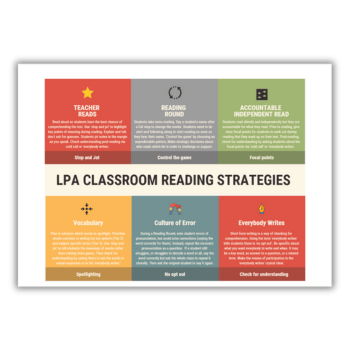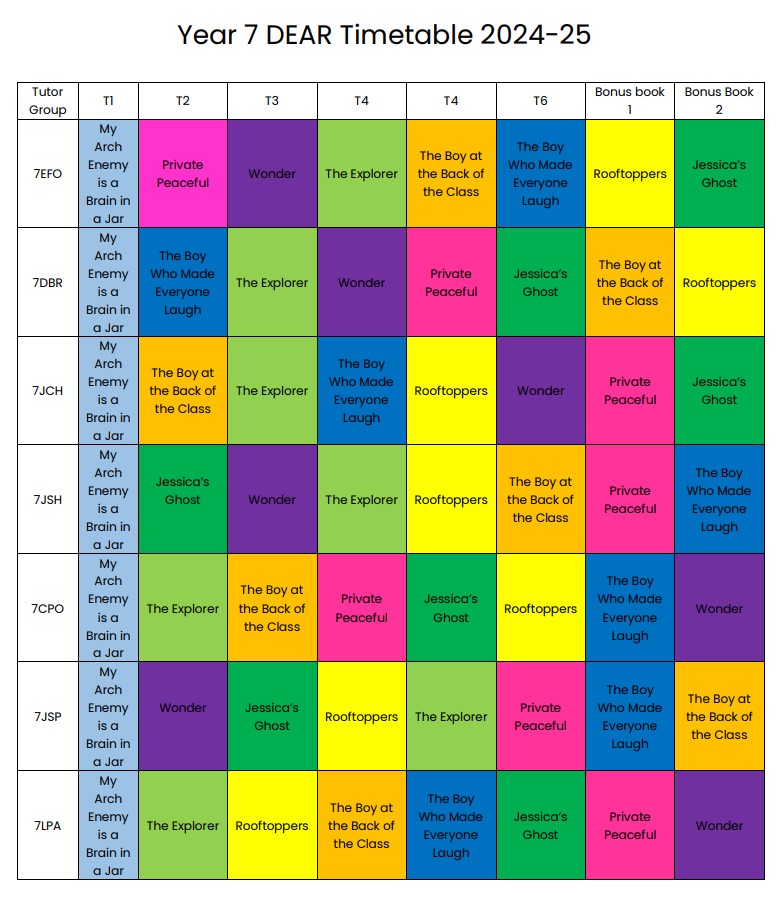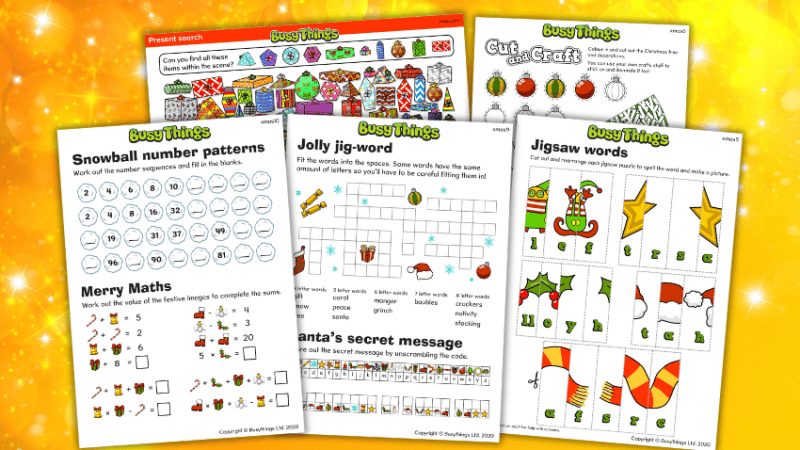Reading strategy – 5 steps that Wey Valley Academy have taken

Andrea Miller sets out the five steps that Wey Valley Academy in Weymouth
followed when seeking to embed an effective reading strategy…

- by Andrea Miller
- Lead practitioner of English at Wey Valley Academy

During a February 2025 speech delivered at the Centre for Social Justice, Bridget Philipson announced a £1 million pound scheme to support secondary schools with their reading strategy.
The content of her speech largely echoed what most teachers already know – that “Reading and writing are the cornerstones of learning. They hold the keys to the rest of the curriculum, with pupils who struggle to read so often struggling across the board.”
I’m lucky enough to be in my third year of leading on reading strategy, at a school that’s in its sixth year of embedding reading at the heart of what we do.
Last year’s Y11s were our first cohort to sit their GCSEs having experienced our reading strategy throughout their secondary education. Their results? The best in the school’s history, making us the most improved school county-wide.
We are now in the enviable position of fine-tuning our reading strategy. We’re building on and refining what we’ve found works, while discarding what doesn’t. Our key learning can now be summed up under five distinct headings.
5 things we’ve learnt about reading strategy
1. SLT must lead the way
Ideally, the school’s headteacher will introduce the reading strategy to staff and offer a clear vision of why it matters.
A successful reading strategy needs all staff to come fully on board. That can’t happen without highly visible leadership from both the headteacher and wider SLT.
2. Be prepared to commit adequate resources
We’re sometimes visited by staff from other schools who have been tasked with leading a reading strategy themselves, but without having been given adequate resources in terms of both money and time.
They lack the cash needed to buy books, arrange intervention programmes and carry out testing. Nor can they call upon the whole-school time necessary for delivering additional reading.
A whole-school approach to reading can only work successfully if enough cash and time is made available.
For us, the school day was extended to enable 30 minutes of sacrosanct daily reading time. This is part of a Drop Everything And Read (DEAR) programme.

We have enough reading books for every child to have a copy in their hands, and enough money to fund online literacy intervention subscriptions for those students needing extra support.
“The school day was extended to enable 30 minutes of sacrosanct daily reading time”
Setting aside 30 minutes of daily literacy time allows us to offer a range of reading catch-up programmes. This is without any student having to miss out on curriculum time, or being expected to give up their free time at lunch or after school.
It also means we’re able to stretch all of our students. DEAR time isn’t just about helping those who have fallen behind to catch up. It’s also about providing opportunities to all students to extend their reading skills.
If you’ve been an English teacher for as long as I have, then you’ll know that parents bemoaning the reluctance of their teenage child to read at home isn’t as new a phenomenon as recent headlines might suggest.
Making reading a compulsory part of the school day overcomes this. It serves to remind many students (and some teachers!) that reading can actually be – whisper it – rather enjoyable…
3. Track the data
We test students’ reading ages termly, and use a spreadsheet to track this data across time. This gives us a holistic picture, meaning that the student whose reading age bombed because they were feeling unwell isn’t targeted for intervention.
Instead, we can see at a glance that their latest reading age is just a blip. Tracking the data in this way also means that we can target students whose reading has reached a plateau. We examine the progress of specific cohorts over time – especially those students eligible for Pupil Premium, with SEND and who have English as an additional language.
4. Share the data
I’ve yet to meet the student who doesn’t want to know their calculated reading age as soon as possible after taking a test.
At first, we tried to soften the blow for those found to have a poor reading age. However, we’ve since learned that those students already know that they struggle with reading. They actually appreciate some honesty, alongside a plan for supporting them.
We will regularly share micro data with students in literacy intervention programmes. We let them know their ‘numbers’ with respect to reading speed, increased vocabulary and/or reading comprehension.
The latest set of reading ages will go home on reports. All staff have access to the master reading spreadsheet, giving them a detailed picture across time for every student.
5. Keep learning
Our core literacy team consists of the deputy head, a vice principal, our SENCo and deputy SENCo, our outstanding librarian and me, in my role as a lead practitioner of English.
We meet termly, with a focus on solving problems. Last year, for example, we noticed how, despite some fantastic reading data headline figures following our introduction of Sparx Reader homework, the gap between the reading ages of PP and non-PP students had actually widened.
We decided to trial twice-weekly opportunities to complete Sparx Reader homework during tutor time for 20 Y10 PP students, who had been struggling to engage with reading at home.
The trial proved so successful that we opted to extend this to 60 further students in Y7-9. The new intervention has since provided many of our PP students with an additional hour of weekly literacy support (on top of DEAR) which, in many cases, has been enough to see them catch up or even exceed the reading age of their non-Pupil Premium peers.
We maintain a further feedback channel via our DEAR student committee, which meets termly. This provides students with a genuine opportunity to communicate which books are working for their tutor groups and which aren’t, which in turn informs our restocking choices.
When the budget allows for the purchase of new titles, we will give our DEAR committee the opportunity to suggest books and have the final say on purchases.
Inspired by Spotify Wrapped, we then distribute end-of-year feedback regarding those books that have been most enjoyed, and which tutor groups have read the most titles.
We’ll also take this opportunity to issue some clear ‘You said, we did’ feedback in relation to actions we’ve taken over the past year to address DEAR issues raised by our students, either formally through the committee, or informally via their tutors and individually-submitted feedback.
Value for money
While it might not be possible to implement these strategies on the cheap, when looked at as a percentage of the whole school budget, our literacy work has delivered real value for money – not just in terms of exam results, but also in building student self-esteem and wellbeing.
Every time a student in a reading support intervention moves their reading age up to ‘age expected’, we’ll conduct a brief ‘exit interview’ before releasing them back to standard DEAR time with their tutor.
During this interview, we’ll ask if they have noticed any improvement in their learning across the school since they’ve been in reading support. The usual response tends to involve a raised eyebrow, followed by a quiet, yet emphatic ‘YES!
What makes a good ‘DEAR’ book?
Under our DEAR programme, students will typically read seven books annually. The questions we typically ask before ordering a new set of books include:
- Will this book be accessible to all students in the room?
- Is this book likely to engage our students?
- Does this book fit into our overall DEAR map to build a rounded picture of the world, with titles that reflect our students’ lives and culture, alongside titles that encourage them to look beyond their own community and experiences?
- Does this book encourage students to reflect on British Values?
- Does this book encourage students to empathise with, and build respect for others – including those with protected characteristics?
- Has this book been approved by our student DEAR committee?
Examples of books in our DEAR programme include:
- Year 7: The Boy at the Back of the Class
- Year 8: Goodnight Mister Tom
- Year 9: Noughts and Crosses
- Year 10: The Hate U Give
- Year 11: A Christmas Carol
Andrea Miller is lead practitioner of English at Wey Valley Academy in Weymouth, part of the Authentic Education trust.










